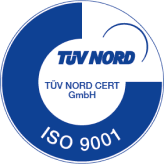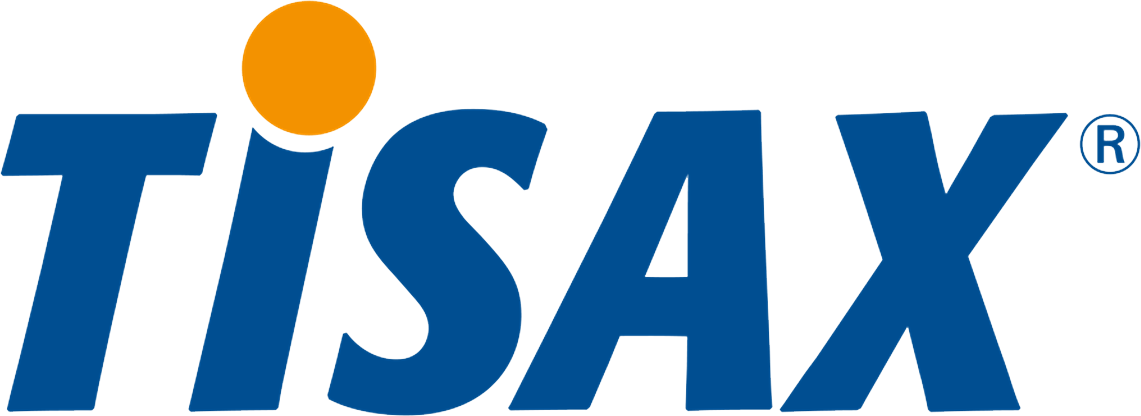The five roles a successful team leader must play
Making a partner is more than just proving you can win work. You also need to prove that you can build and develop a team. As a ‘team leader,’ you will be playing multiple different roles.
What are the five roles of a team leader?
To create your strong team, you need to be prepared to play five main roles as a team leader:
- Route finder and target setter: The team looks to you to set their purpose and targets and help them identify the plan to achieve these. Ideally, your targets and the team’s targets will be aligned and flow from the firm or departmental strategy.
- Facilitator: It takes time and energy to get a team to work well together. Your role will be to work within the team to help them bond and trust each other. There will always be roadblocks along the way, and it is your role to remove these to enable the team to deliver.
- Coach and trainer: You can’t expect all your team members, particularly the more junior ones, to have the right skills and behaviors to do the job you need to be done. Your role is to act as the team coach to help them develop and behave at their expected level.
- Motivator: Your need to motivate the team as a whole, but also on an individual level. This means that you need to work out what makes each team member tick and how you can help motivate them. So often, professionals in practice are inspired by interesting work, career progression, and feeling valued for who they are and what they bring to the firm.
- Conflict resolver: Your role as a team leader will involve resolving conflict. This could be individual team member disputes through to other people wanting to reallocate your resources to their assignment. It is not unusual for a team to go through a phase of the conflict. It often occurs after the group has initially formed and gone through the “honeymoon stage.” It is your role to resolve these conflicts as and when they appear, and if possible, nip them in the bud before they become severe or entrenched











